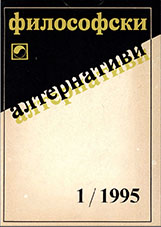
Table of Content: 1995, 1 issue / English and Bulgarian
Table of Content: 1995, 1 issue / English and Bulgarian
ToC: 1995, 1 issue / English and Bulgarian
More...
ToC: 1995, 1 issue / English and Bulgarian
More...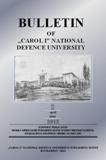
Keywords: Agenda pour la Paix; missions for peace; UN
Reviving the concept of guardianship, after the cold war, was metwith reluctance by the great powers, because of high financial costs and ineffective solutions to conflict.
More...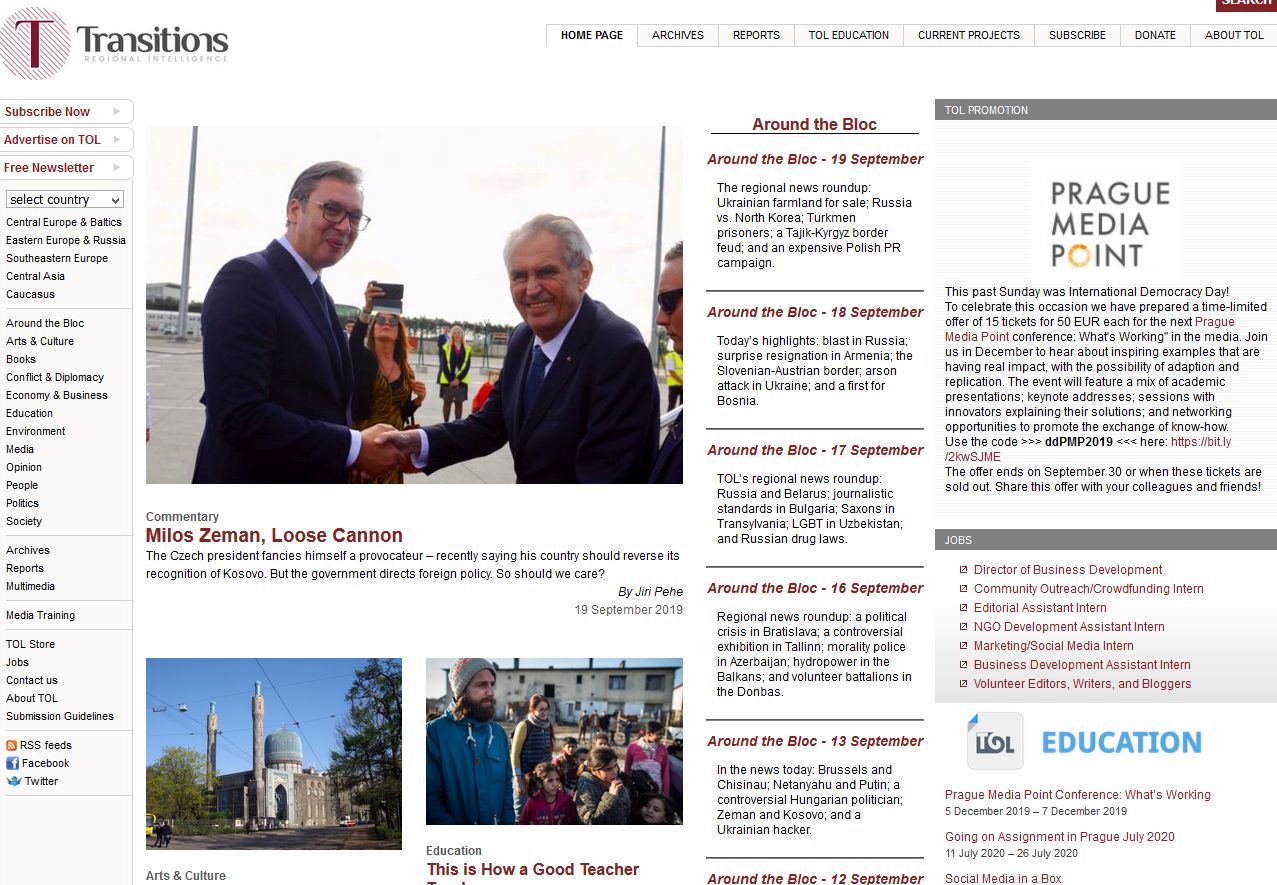
Keywords: Slovakia; politics; Azerbaijan; prostitution; Ukraine; Donbas;
A political crisis in Bratislava; a controversial exhibition in Tallinn; morality police in Azerbaijan; hydropower in the Balkans; and volunteer battalions in the Donbas.
More...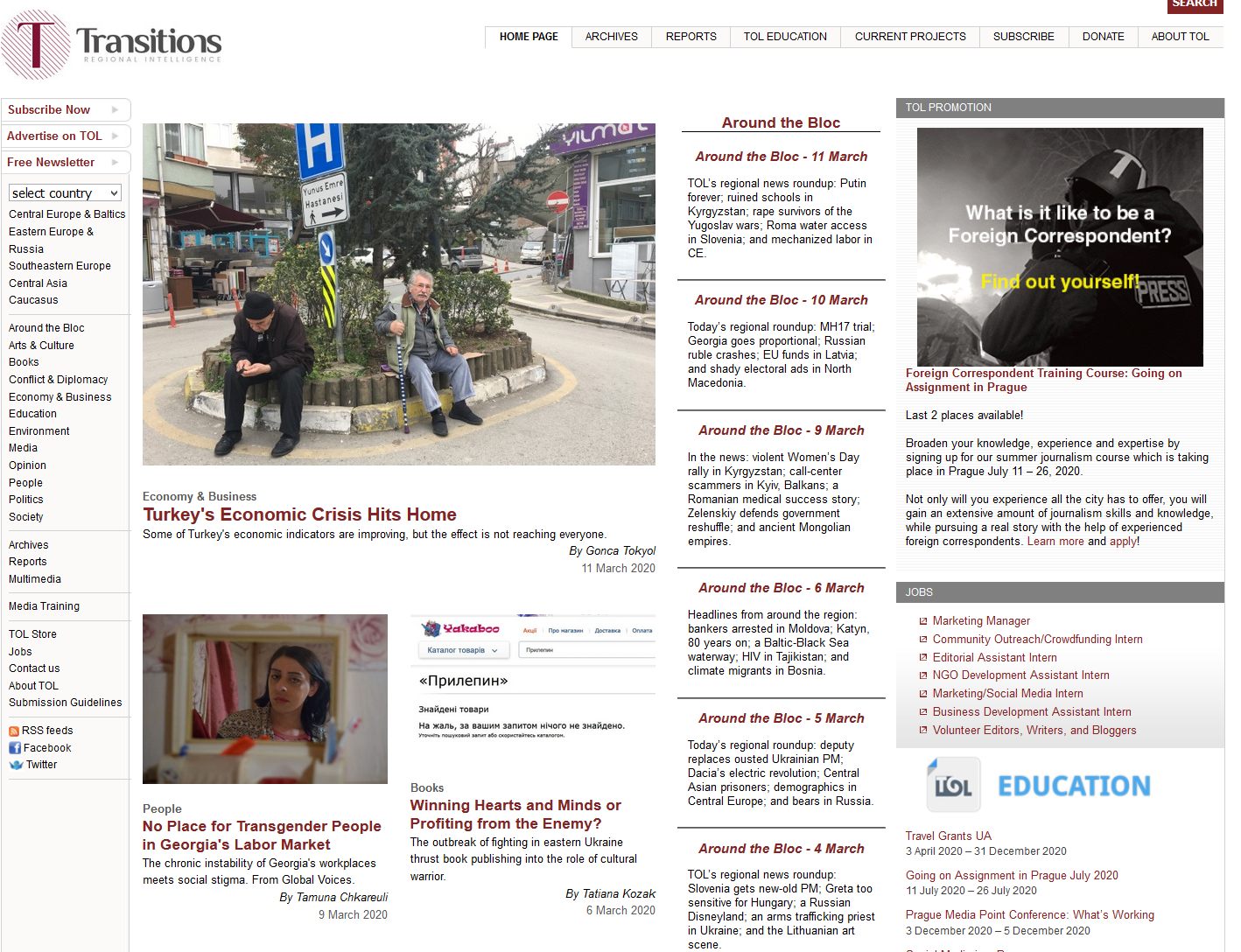
Keywords: Slovakia; Jan Kuciak; Ukraine; Transdniester; Sheriff; Serbia;
Transitions Online_Around the Bloc-24 FebruaryIn the news: Serbia buys Russian weapons; Slovaks commemorate death of journalist; migrants in North Macedonia; Hollywood on the Danube; and a Transdniestrian oligarch.
More...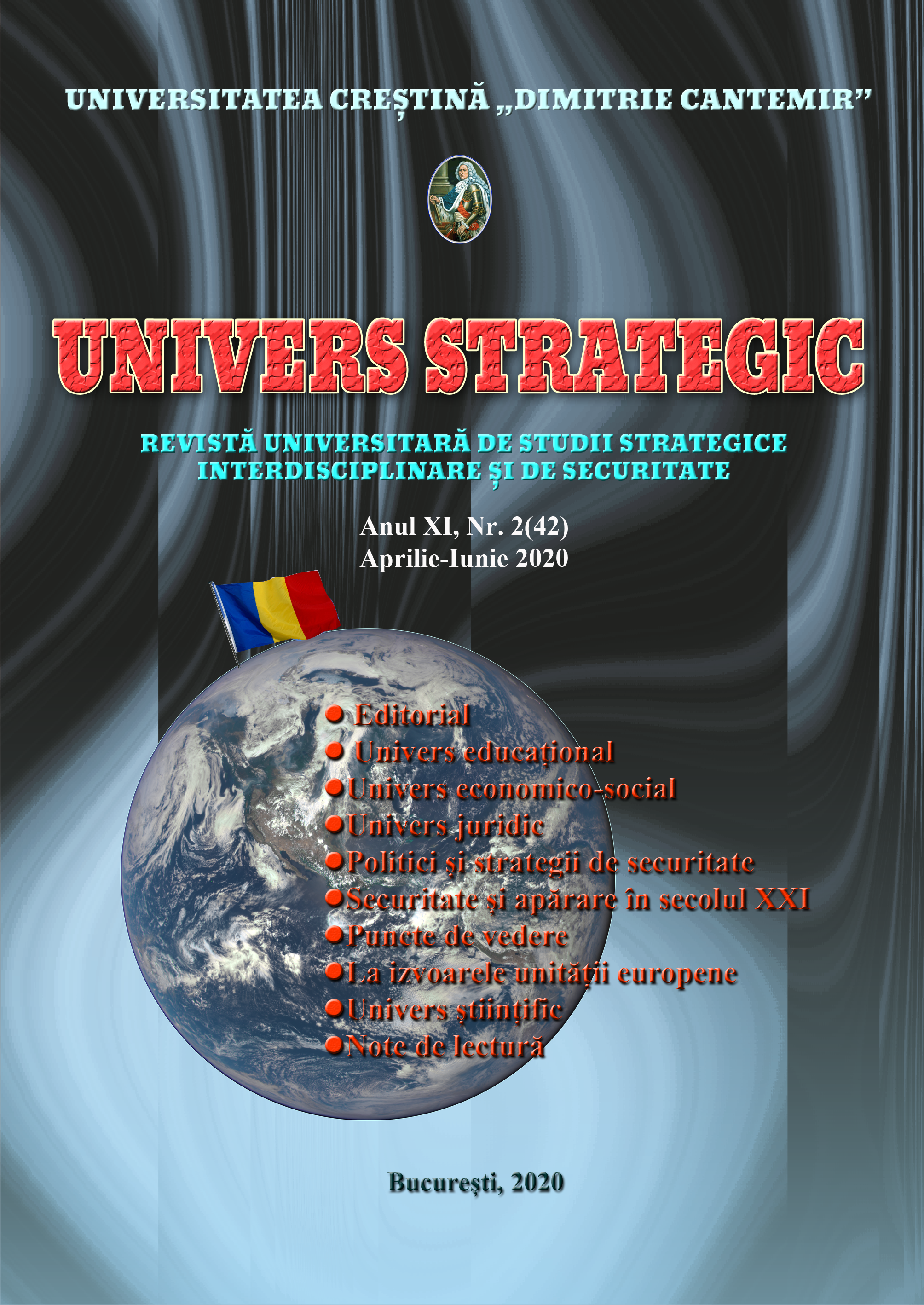
Keywords: holiday; goodwill; cultural; artistic; trophy;
The days of Drăgănești - Olt were celebrated on September 27-29, 2019. The three days of celebration were marked by various cultural-artistic manifestations under the sign of the “Drăgănești tradition” and were mentioned in detail in the last issue of the publication “Drăgănești Courier”.
More...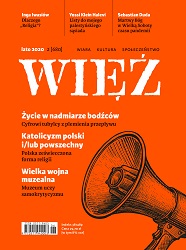
Keywords: Więź; Bond; scientific journal;
Serdecznie dziękujemy wszystkim Darczyńcom i Patronom „Więzi”! Państwa życzliwość jest dla nas niezwykle ważna.
More...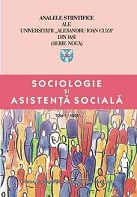
Keywords: power; promotion; gender dimension; gender practices; gender barriers
The existent agreements and beliefs in the organisational culture, predominantly male, resist the possibility to find alternatives to even the chances for promotion in an academic and scientific career for men and women. The more a person identifies with the norms and culture promoted in an institution, the more difficult it is for them to see alternatives. Acker (1990) explain that such persons (who normally have management positions), socialised in the male culture of the academic and scientific world, benefit the most from the existent arrangements and stand to lose the most if the existent practices of the academic world are changed. The European Union has been focusing on a new direction to eliminate gender obstacles in the academic and scientific world. The new approach for activities related to gender equality has focused on academic and research organisations and institutions rather than only on the women themselves. „Administration improvement” has become the new objective. One of the ways this new objective has been implemented concentrated on integrating the gender dimension into research.
More...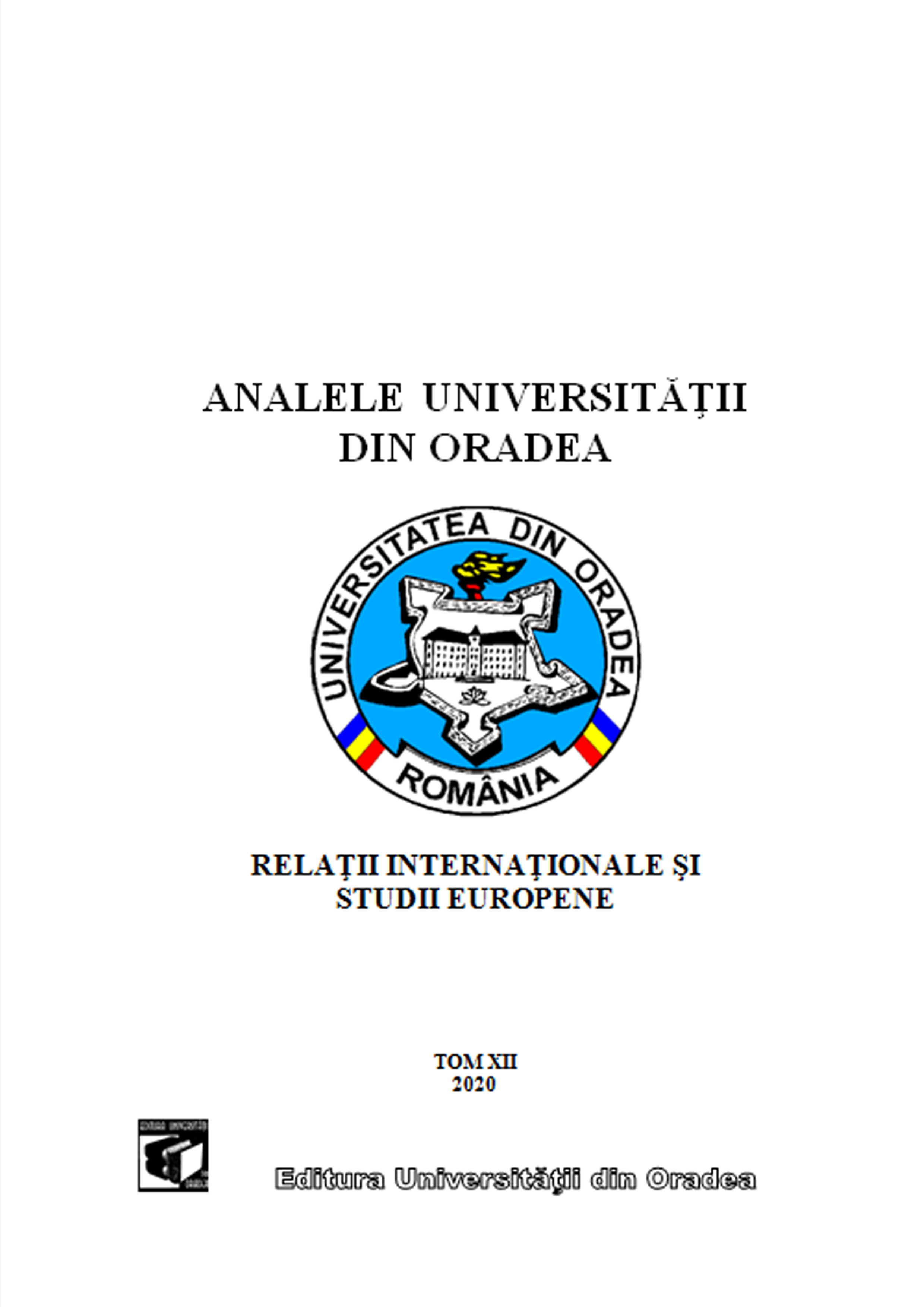
Keywords: Europe; migration;
Review of: Hans Winkler (2015), Herausforderung Migration, Graz: Leycam
More...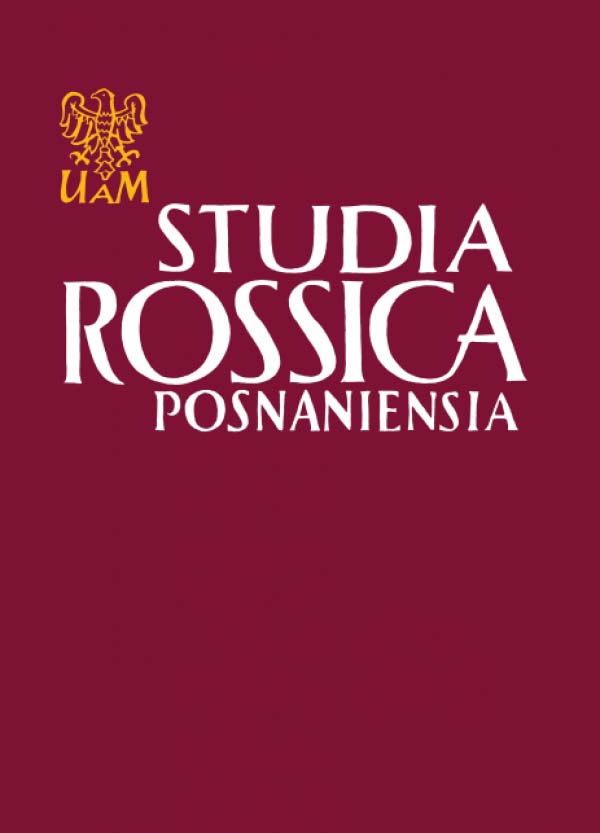
In the article the author distinguished a number of tendencies which appeared in the development of Old Russian anthroponymy of the 14th - 15th centuries. Some of the most important are: the tendency towards stabilization of the repertory of the most often used Christian names. The simplification of the multi-segment personal names and amplification of one-segment names, the tendency to transformation of patronymic forms into personal names of a function approximate to that of a name.
More...
Keywords: Romanian language; Romanian culture and civilization; images; symbols; the visual method; the communicative method;
Based on the author’s experience of teaching Romanian language and culture to the A2 foreign students, who study Romanian on an optional basis in a technical university in Romania, this essay focuses on the advantages of using the communicative and the visual method of teaching, offering examples of course activities which motivate the students to learn Romanian and to understand a series of cultural aspects specific to the Romanian people and civilization. The essay evinces the significant role of the visual factor in motivating the foreign students of a Romanian technical university to learn Romanian, facilitating their understanding of the Romanian culture and civilization based on the optional courses of Romanian language. As the foreign engineering students would rather use an international language of communication such as English or French than Romanian for academic purposes and for a future career in a multinational, we argue that by focusing on images and symbols in teaching the Romanian language, culture and civilization, we activate the students’ visual and cultural memory and we motivate and enable them to learn Romanian. The visual factor enables the students to learn the Romanian vocabulary and grammar structures easier in an interactive manner. Presenting the foreign students the Romanian cultural material values by means of images depicting the Romanian houses specific to Transilvania, Moldova, Oltenia, Muntenia and Dobrogea, the churches, monuments and castles from these geographical areas, the specific landscape of these areas, and introducing the students to the specific Romanian customs and traditions and to some Romanian works of art, literary works and music, we will encourage them to learn Romanian, arousing their interest and curiosity. By improving the students’ capacity to describe images using a varied vocabulary and accurate grammar structures, we will help them to develop their critical thinking and their ability to speak Romanian fluently, arousing their interest in reading fragments from famous Romanian literary works included in the course bibliography. This paper shows that by approaching themes such as the Romanian Village, the Romanian City, Romanian Customs, Traditions and Religious Holidays, and teaching grammar and vocabulary based on these themes using well-selected images and symbols, we awaken the foreign students’ cultural conscience, helping them to learn Romanian in an interactive manner.
More...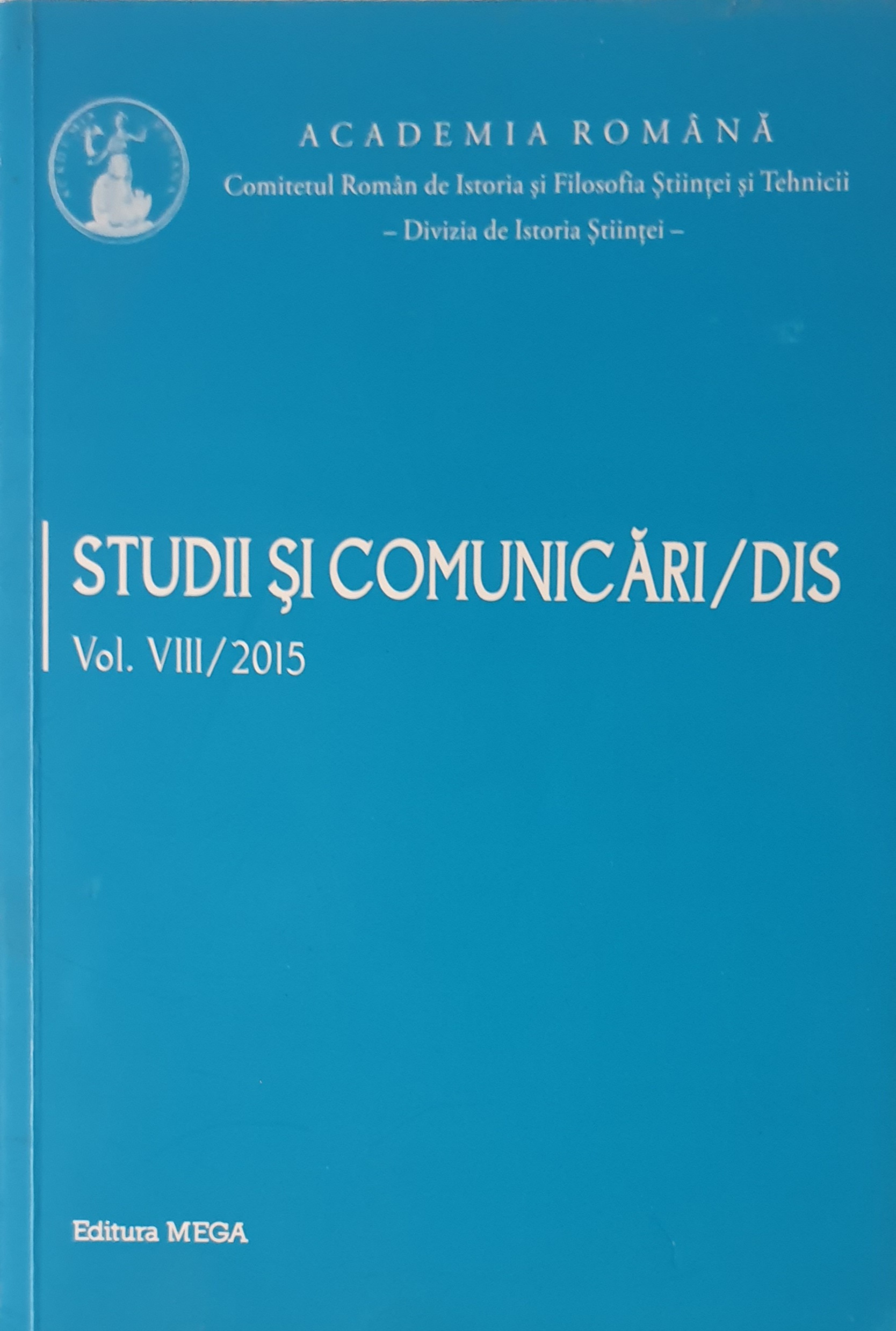
Keywords: George (Gogu) Constantinescu; sonicity; inven tions; innovations; liquid compressibility;
George (Gogu) Constantinescu (1881–1965), was the Romanian engineer who revolutionized science by creating a new field of mechanics called sonicity (the transmission of energy through vibrations in fluids or solids) and also he has over 370 inventions and innovations with real world applicability. He was, ironically, on the brink of falling into anonymity simply for the fact that his theory regarding the compressibility of liq uids was ignored and unrecognized by scientific forums of the time (even physics schoolbooks state the opposite) and also, the Patent Institutes of USA, England, France and Romania denied him a number of patent filings. Other impediments for the promotion of his inventions were, on one hand the fact that they were mostly focused on military technology (sonic cannon, sonic firing mechanism – through the propeller blades, automatic gear changer), on the other hand there was a lack of specialty publications at the time. By applying the principles of sonicity discovered and proven by George (Gogu) Constantinescu, another famous engineer, Ion Basgan, invented a drilling mechanism that was adopted by all the large companies in the world; without it the oil and gas indus try would not have made any progress which makes his invention comparable to what Bill Gates did for the field of computing (the Windows Operating System). This short summary is a homage brought to George (Gogu) Constantinescu – member of the Romanian Academy, prolific inventor, patriot and great fighter in the service of scientific truth.
More...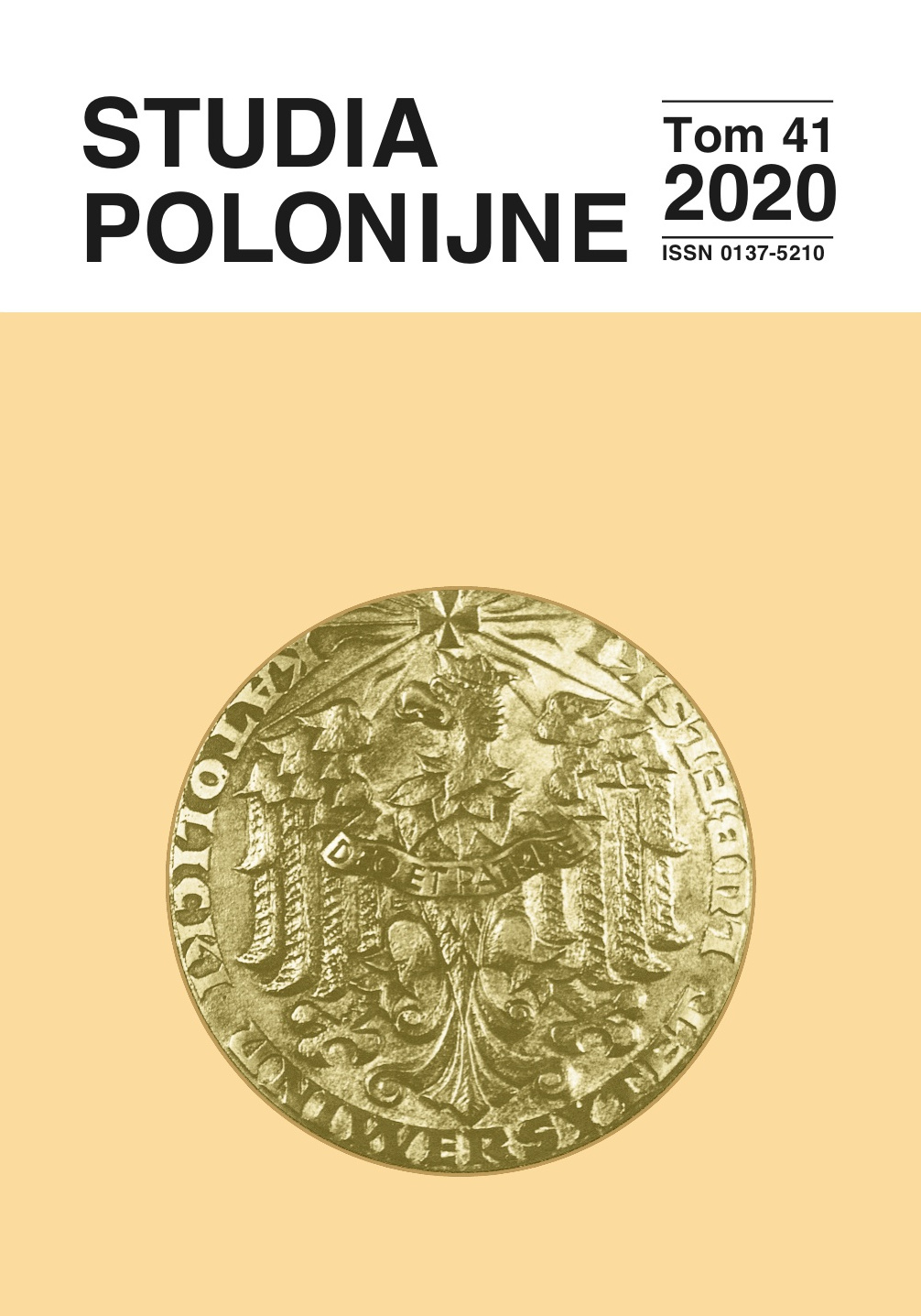
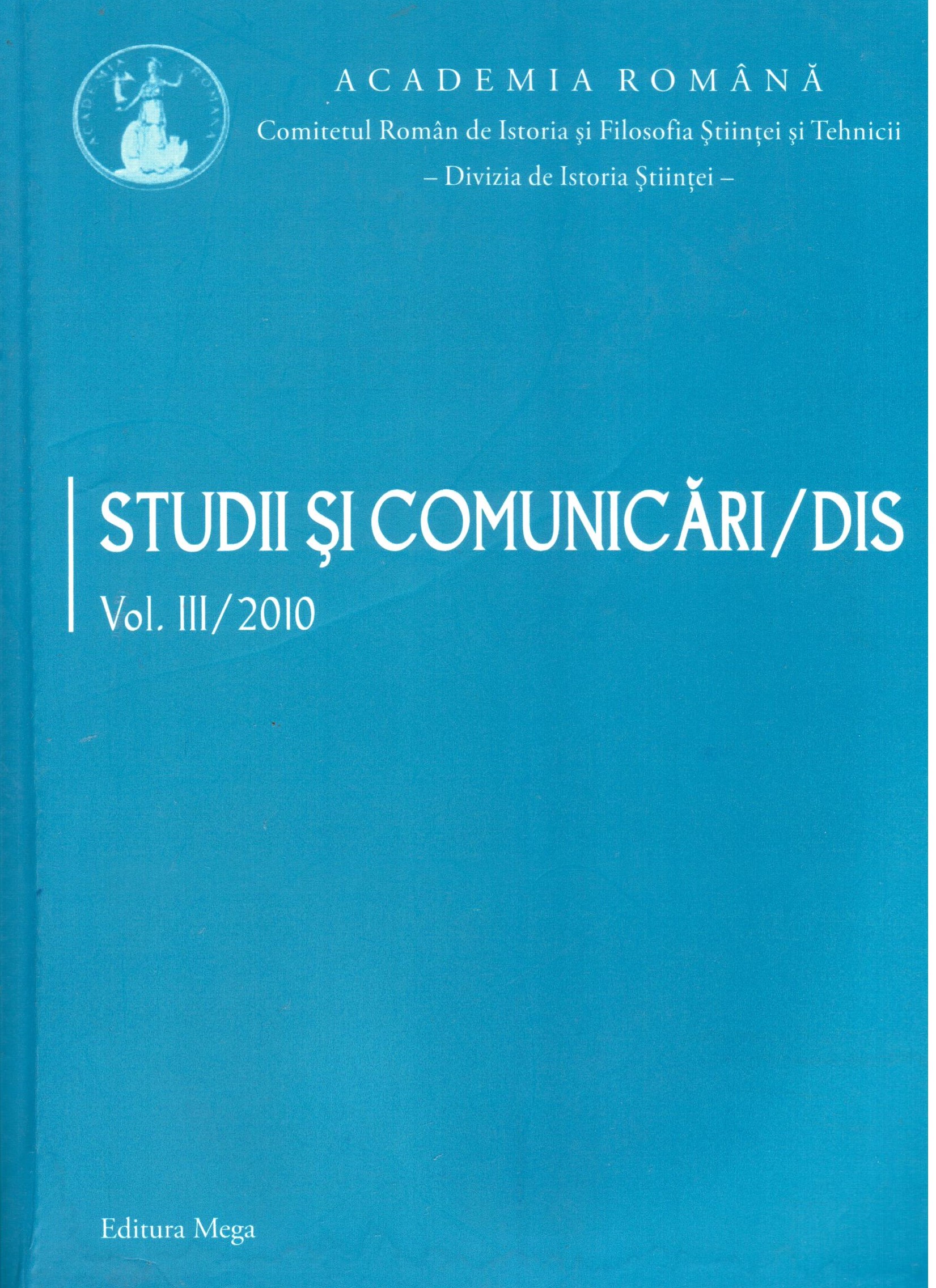
Keywords: Valentin Marin; Department for the History of Sciences of the Romanian Committee for the History of Science, Philosophy and Technology;DHS/CRIFST;publications; of the Romanian Academy (DIS/CRIFST)
The editor in chief Valentin Marin presents in a concise yet complete manner the history of the Department for the History of Sciences of the Romanian Committee for the History of Science, Philosophy and Technology of the Romanian Academy (DHS/CRIFST). The subjects and the participants to the scientific communications sessions since 2007 are presented, as well as the new members and the publications of the Committee: NOEMA, NOESIS and STUDII ŞI COMUNICĂRI.
More...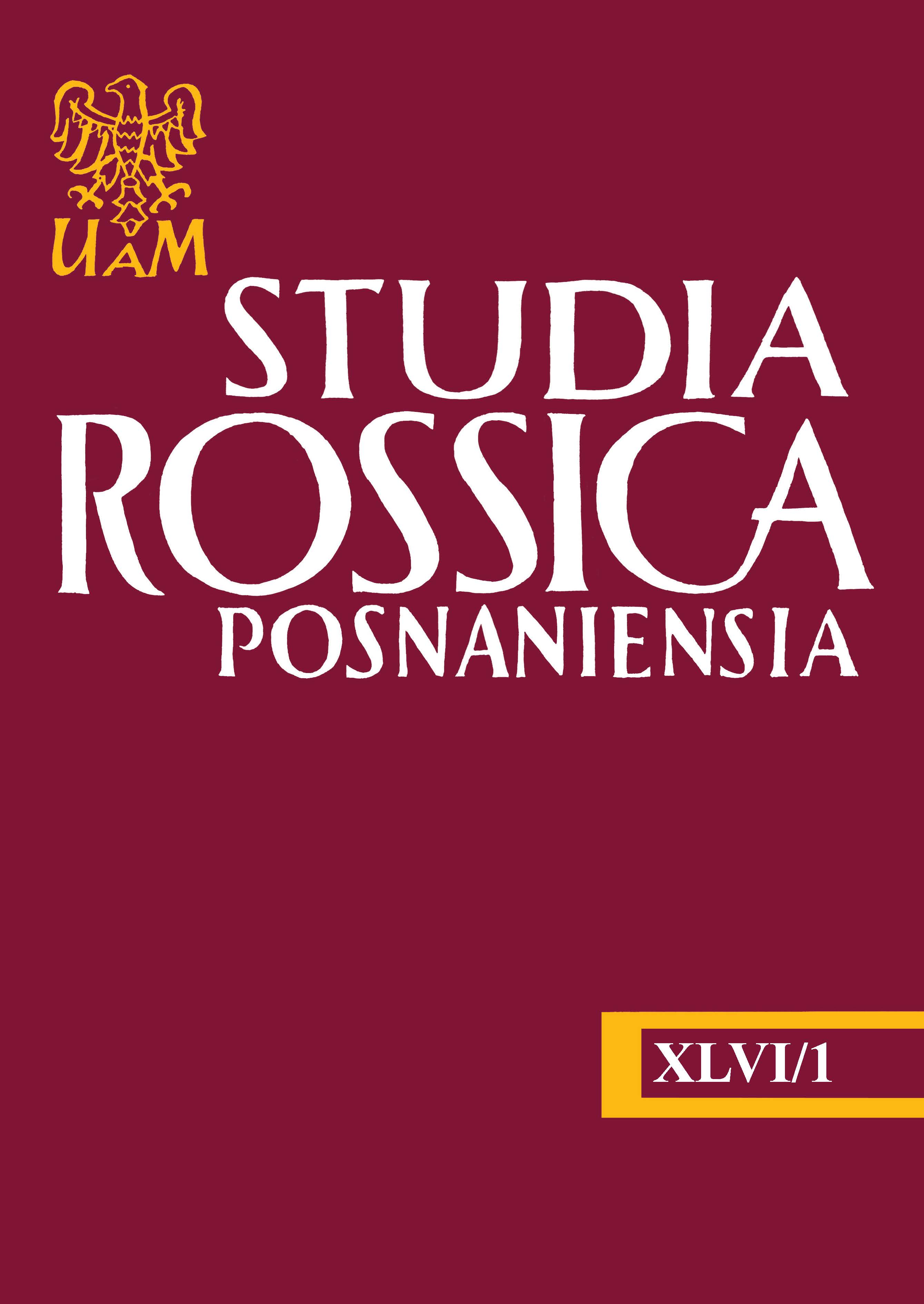
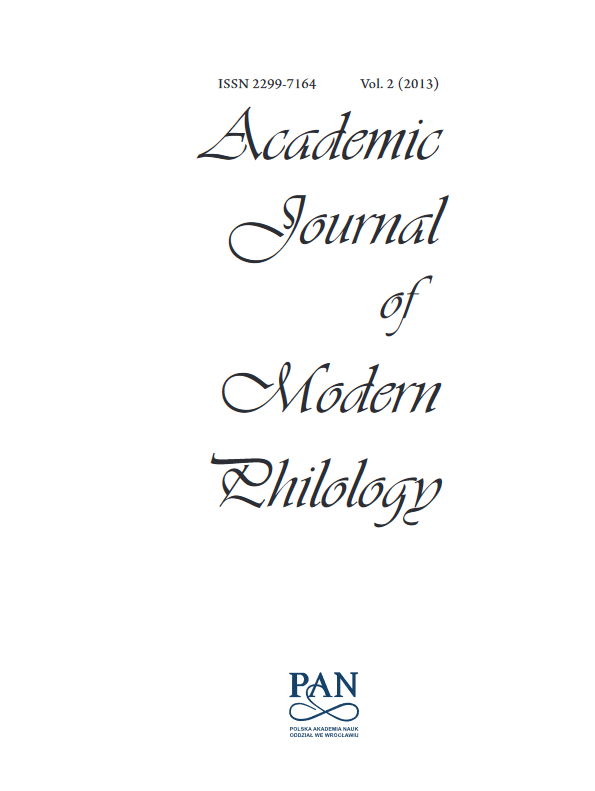
Keywords: informational processes; language communication; linguistinc steering; semantic structure
Every transference of (foreign-)language information in the cybernetic sense is always closely linked with linguistic and extra-linguistic steering. The results of the effects of steering that take place in the receiver can be detected on the basis of the reverse-coupling structure, when the secondary sender transmits reproductive or productive information to the secondary receiver. The secondary receiver tests and possibly improves the correctness of the individual grammatical structures transmitted. The repeated coding and the repeated transference of the same or improved information, and the steering of that information, constitutes the substance of regulation. Both processes—steering and regulation—are brought under the same general term and are called control. Effective informational processes occur in foreign language communication simultaneously with their control. Correcting their results is carried out by means of regulation, further referred to as the steering, in which all processes are involved. In the scope of foreign language learning processes, where specific types of communication take place, the full decoding of the received information signals and the emergence of structure matrices in the storage mechanism are also discussed. At this point, it seems essential to point out a still unsolved problem of science: how does the memory assign the incoming speech signals to their substantive contents of consciousness (semantic structures). The higher powers of the human information processing system are certainly involved in this process.
More...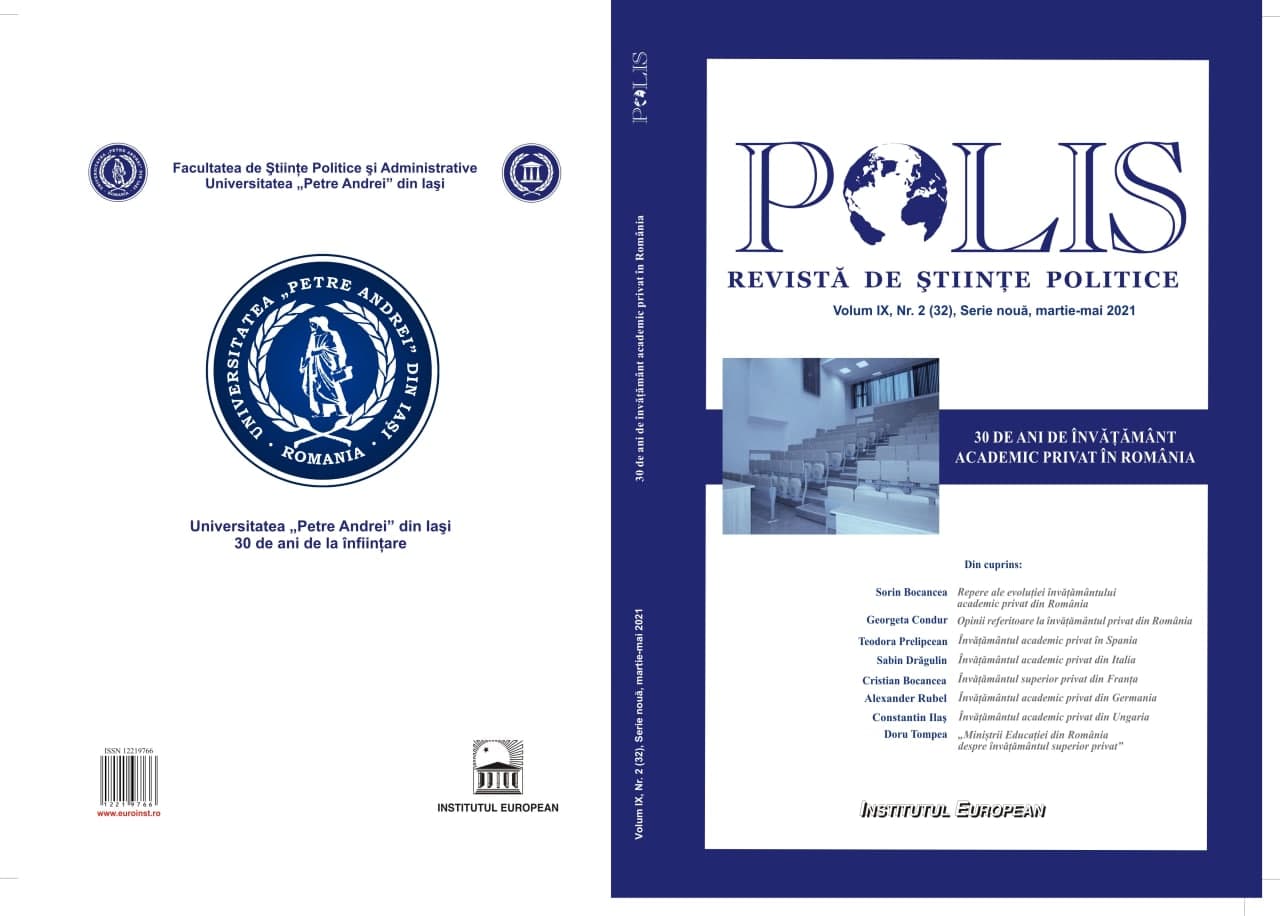
Keywords: interview;private higher education;
Interviews with Romanian Ministers of Education
More...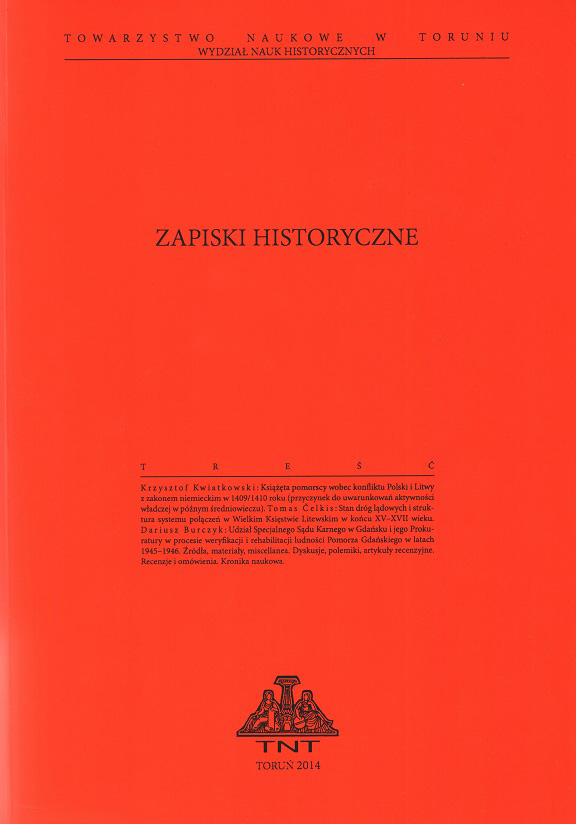
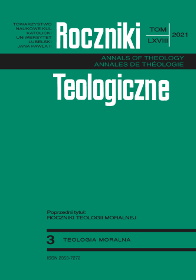

Keywords: Ownership; Economics; property rights;
Economists define ownership as a foundation of every social relations. Institutional economics deals with ownership, especially property rights economics. To expose ownership affairs, institutional economists seek to fill the gap existing in mainstream economics, which undervalues the significance of institutions through many years. Nowadays, in economic literature we often can find the argument, that the institutional system with ownership rights, as a most important type of institutions is the basis of economic development.
More...